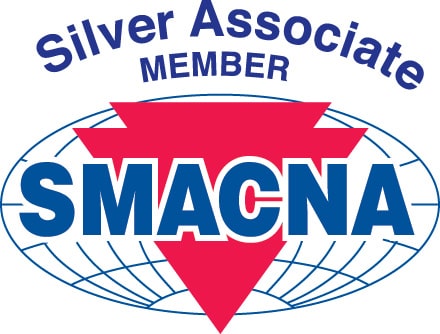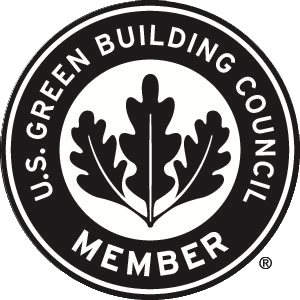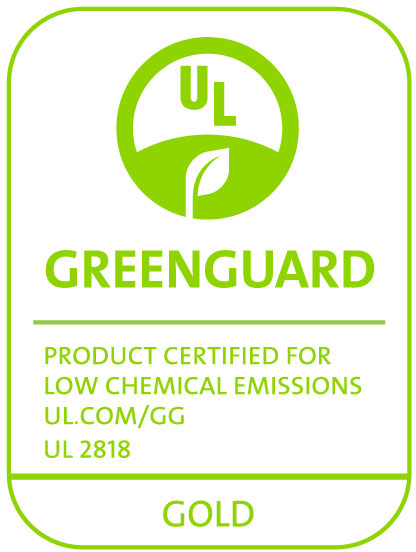While well-known metallic piping types, such as copper and carbon steel, have been commercially available for many years, plastic piping has rapidly grown in popularity as an alternative to metallic piping due to its performance and economic benefits.
Depending on the plastic pipe type, plastic is approximately 25%-35% more thermally efficient than metallic piping. What this means is that plastic possesses a lower thermal conductivity (K-Value) than metals and reduces heat transfer between the fluid in the pipe and the surrounding air. Depending on the plastic pipe type and application, the pipe may not need to be insulated.
Some of the common plastic pipe types include Polyvinyl Chloride (PVC), Chlorinated Polyvinyl Chloride (CPVC), Polypropylene (PP), Cross-Linked Polyethylene (PEX), Polyethylene (PE), Polyvinylidene Fluoride (PVDF), Polybutylene (PB), and Acrylonitrile Butadiene Styrene (ABS).
These materials are selected based on criteria such as fluid operating temperature, safe for drinking water, chilled water, and exterior below-grade wastewater to name a few. Each plastic type possesses a different thermal k-value.
Many times confusion exists about whether plastic piping needs to be insulated based on competing design objectives for project design teams. In the National Institute of Building Sciences, Whole Building Design Guide, Mechanical Insulation Design Guide, the following design objectives are listed:
- Condensation control
- Energy conservation
- Fire safety
- Freeze protection
- Noise control
- Personnel protection
- Process control
Depending on the owner’s project requirements (OPR’s) and the project team’s basis of design (BOD), whether to insulate or not to insulate can clarify any underlying confusion.
A key takeaway of this technical bulletin is that national model energy codes and standards, such as ASHRAE 90.1 Energy Standard for Buildings except Low-Rise Residential Buildings and the International Energy Conservation Code®(IECC®), require domestic hot water and HVAC piping to be insulated. These model standards specify a minimum pipe insulation thickness by fluid (line) temperature and pipe size, not pipe type. When these model standards are adopted as code by local jurisdictions, metallic and plastic piping must be insulated to a minimum thickness.
Depending on the application, and insulation thickness calculation may need to be run to determine the correct insulation thickness to control condensation in a demanding environment such as a below-ambient (i.e. chilled water and refrigeration) line temperature in a high-ambient and RH% environment.
Of the many pipe insulation types to choose from, closed cell insulation types (rigid and flexible) effectively control condensation on chilled water and refrigeration systems. To drill down a little further, closed cell flexible elastomeric foam pipe insulation has been insulating below-ambient systems operating continuously down to -297°F (-182°C) for over 70 years.
Since closed cell elastomeric foam pipe insulation possesses a closed-cell structure, built-in vapor retarder, is flexible, offers a low thermal k-value, and can meet many of the design objectives listed above, it is an excellent choice for chilled water, refrigeration, and domestic cold/hot water systems (up to 220°F, 104°C).
Aeroflex USA’s AEROFLEX® brand of EPDM (ethylene propylene diene monomer) closed cell elastomeric pipe insulation is available in preformed unslit and pre-slit Self-Seal tubes with inside diameters (ID’s) designed to fit the most common copper and iron pipe (IPS) sizes up to 16” IPS.
Since plastic pipe outside diameters (OD’s) vary, it’s recommended that the insulation fit as snugly as possible but is not stretched. If the insulation ID is slightly larger than the pipe OD and fits a little loosely on the pipe, it’s acceptable provided that all longitudinal seams, butt joints, and terminations are completely sealed with an AEROFLEX® adhesive.
AEROFLEX® EPDM closed-cell flexible elastomeric foam pipe insulation can efficiently and continuously insulate all plastic piping types up to 257°F (125°C), is nonpolar (hydrophobic), naturally microbial resistant, low-VOC for chemical emissions, and passes ASTM E84 25/50 Flame Spread/Smoke-Developed Index up to 2” (50 mm) thick.
To learn more, click here.











